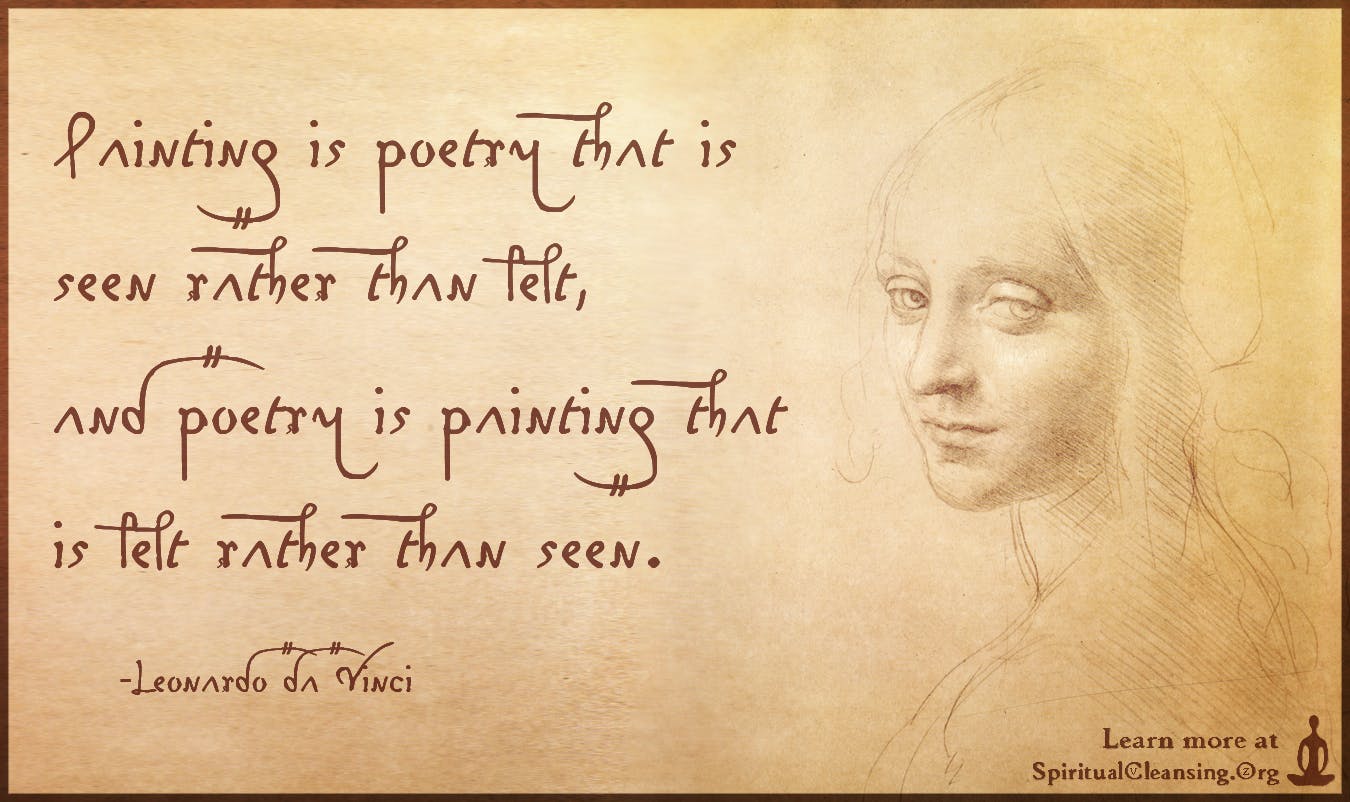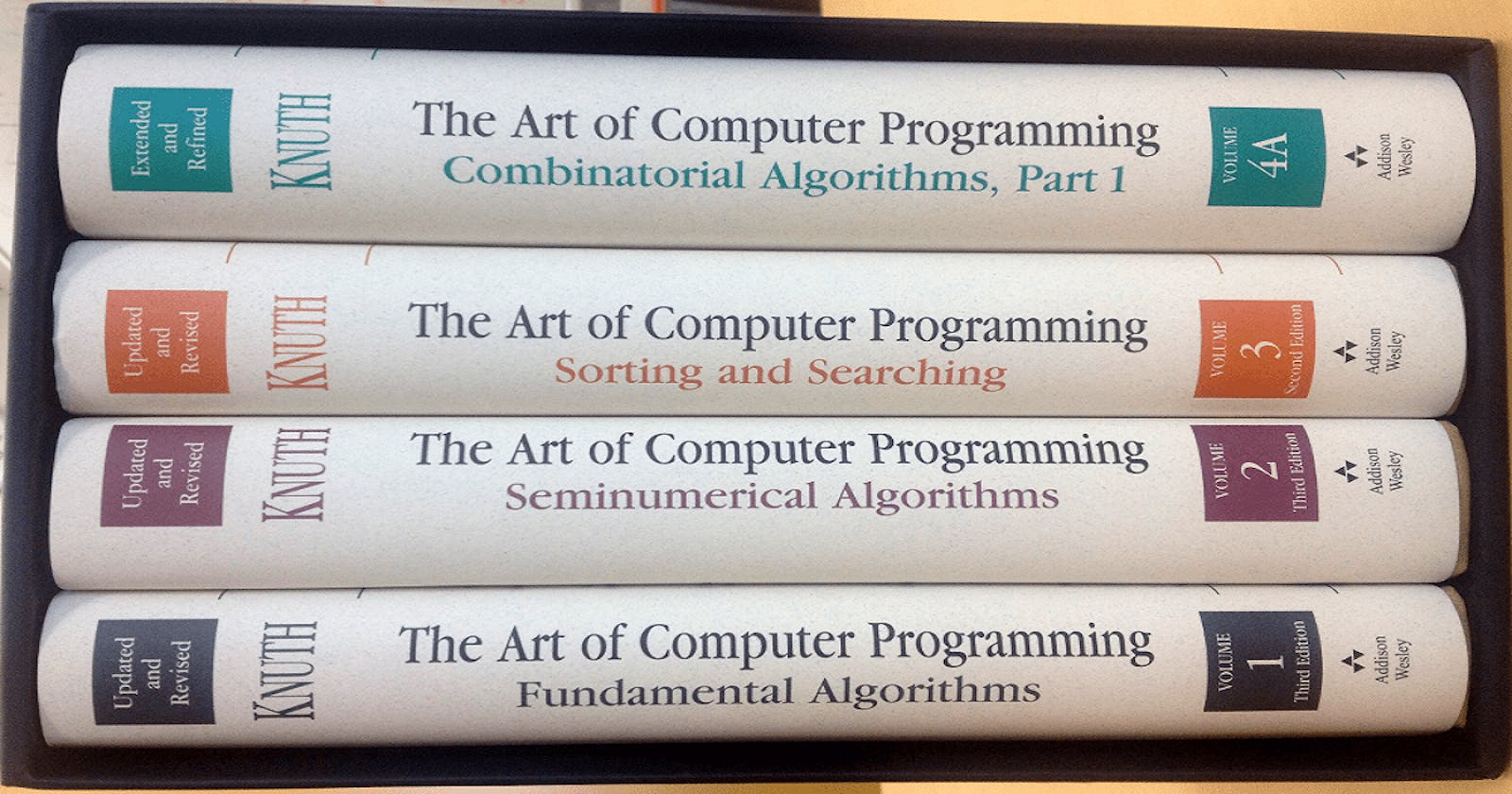Hello Data Lovers👋
In this article, I explain why every developer should read "The Art of Computer Programming" by Donald Knuth.
Are you ready? Let's go! 🚀
Introduction and History
Some books look so beautiful on the shelf. Not only for their aesthetic virtues but for what their spines say about the owner.
Bill Gates once said, “If you think you’re a really good programmer… read Art of Computer Programming… You should definitely send me a résumé if you can read the whole thing.”
The Art of Computer Programming (TAOCP) is a comprehensive monograph written by computer scientist Donald Knuth that covers many kinds of programming algorithms and their analysis. Knuth began the project, originally conceived as a single book with twelve chapters, in 1962.
Knuth was awarded the 1974 Turing Award " for his major contributions to the analysis of algorithms […], and in particular for his contributions to the 'art of computer programming' through his well-known books in a continuous series by this title."
American Scientist has included this work among "100 or so Books that shaped a Century of Science", referring to the twentieth century, and within the computer science community it is regarded as the first and still the best comprehensive treatment of its subject.
The book and the love
The four hardbound volumes of Donald Knuth’s “The Art of Computer Programming” — all snug in their dark purple case — send a clear message: Step aside, Muggles, because you’re in the presence of a Real Programmer. A Serious Practitioner of Computer Science.
Knuth’s books are epic, and he is truly a master of the fundamentals of computer programming, its origins in mathematics, and the intersection of the two fields.
So much respect. 🙏
Such is Knuth’s love of computers, that the entire series is dedicated to one: the IBM 650 mainframe that was popular in the 1950s. It was the first “mass-produced” computer and it cost a few hundred thousand in today's dollars.
To be excited about computers in the 1950s was to be excited about applied math.
The early IBM 650 had basic math operations and control structures, and it was built around decimal math, not binary.
There was no display and no command line. The human was the operating system: a control console allowed The Operator to start and stop programs and so on.
Say you wanted to write a program to generate Fibonacci numbers. FORTRAN didn’t exist yet — that came four years after the 650 was released. So, in those early years you had to write out the machine-level operation codes for what you wanted to do, and then hand-assemble your program and punch out a deck of cards with your program stamped into them using a keypunch machine.
Poetry or Painting
There were a couple of ways to optimize your program:
- ✔️ You could design a faster algorithm or deploy data structures that are better suited to the problem
- ✔️ You could also optimize how your program loads and runs — working with the grain of the machinery. Magnetic drum memory, a forerunner to the modern hard drive, was the primary memory for the 650, and it was very slow. So your goal as a programmer was to minimize the rotational latency of the 12,500 RPM drum machine such that all of your code and data would be easily within reach of the CPU at the right moment during execution. You wanted perfect synchronization between the CPU cycles of the mainframe and these drum memory rotations.
Computer programming was forged here, at the rough intersection of mathematics and mechanical engineering. Knuth and the programmers of that era had to be smarter than the IBM 650.
In the first paragraph of the preface, Knuth calls programming “an aesthetic experience much like composing poetry or painting.”

I think this aesthetic beauty still captivates every aspiring programmer and every developer should read this book written 60 years ago.
After traveling a great distance along an exponential curve since the 1950s, it’s comforting to know that beauty remains intact. Though we no longer hammer out software and feed it into a hot, loud calculator, the beauty of programming still infuses every layer of abstraction.
Thanks for reading! If it was useful to you, please Like/Share so that, it reaches others as well.
📧 To get e-mail notification on my latest posts, please subscribe to my blog by hitting the Subscribe button at the top of the page. 📧
Stay Tuned.
